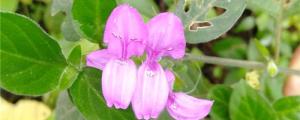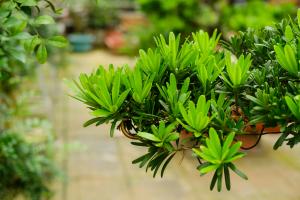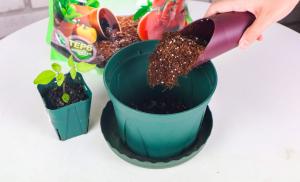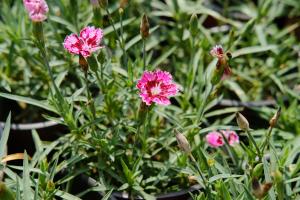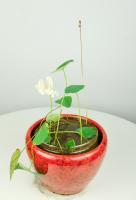What to Do When Your Pot Plants Start to Bud
Seeing your pot plants start to bud is an exciting time for any grower. It signifies that a successful growth cycle is coming to an end and that you're about to harvest fresh, potent buds. However, this stage requires special care and attention to maximize yields and potency. Here are some tips on what to do when your pot plants start to bud:
Identify the Stage of Flowering
Understanding the stage of flowering will help you tailor your care plan to your plants’ unique needs. Typically, pot plants go through four stages of flowering:
The transition phase - when buds start to form
Early flowering - when buds continue to grow but are not yet mature
Mid to late flowering - when buds mature and start to produce resin
Ripening - when the buds reach peak resin production and are ready to harvest
To maximize yields, it's essential to know which stage your plants are in and adjust your nutrient and watering schedule accordingly. As your plants mature, they will become more sensitive to nutrient changes and require careful attention to maintain their health.
Adjust Nutrient and Watering Schedule
During the early stages of flowering, your plants require high levels of phosphorus and potassium to support growth. Reduce the nitrogen levels in your nutrient mix to prevent burn and allocate more phosphorus and potassium in the plant's diet.
Your plants will also require more water during the flowering stage. The best way to know when to water your plants is to test the soil moisture levels regularly. Overwatering can lead to root rot, which can decrease yields and affect the potency of your buds.
Monitor Humidity and Temperature Levels
High humidity can encourage mold growth, which can damage your plants and reduce yields. Optimal humidity levels for flowering are between 40%-50%. Use a dehumidifier if necessary to adjust the humidity levels in your grow room.
Temperature fluctuations during the flowering stage can significantly impact your yields and potency. Keep your grow room between 68-78°F during the day and 55-65°F at night. Keeping your grow room within this range can maximize yields and improve the potency of your buds.
Support Your Plants
Your plants will need support to prevent branches from breaking under the weight of heavy buds. The best way to offer support is to attach bamboo stakes or trellis to the plant's stem, helping to keep the plant upright and promote better airflow. Good airflow during the flowering stage can prevent the formation of mold, which can adversely affect yields, quality, taste, and flavor.
Conclusion
Flowering is one of the most critical stages of the pot plant's growth cycle. Proper care and attention during this stage can help maximize yields, improve potency while preventing the formation of molds and fungus. Remember to adopt a proactive approach to monitoring and adjust your plant's nutrient, humidity, and temperature levels, supporting them to enable them to produce high-quality buds.

 how many times do yo...
how many times do yo... how many planted tre...
how many planted tre... how many pine trees ...
how many pine trees ... how many pecan trees...
how many pecan trees... how many plants comp...
how many plants comp... how many plants can ...
how many plants can ... how many plants and ...
how many plants and ... how many pepper plan...
how many pepper plan...